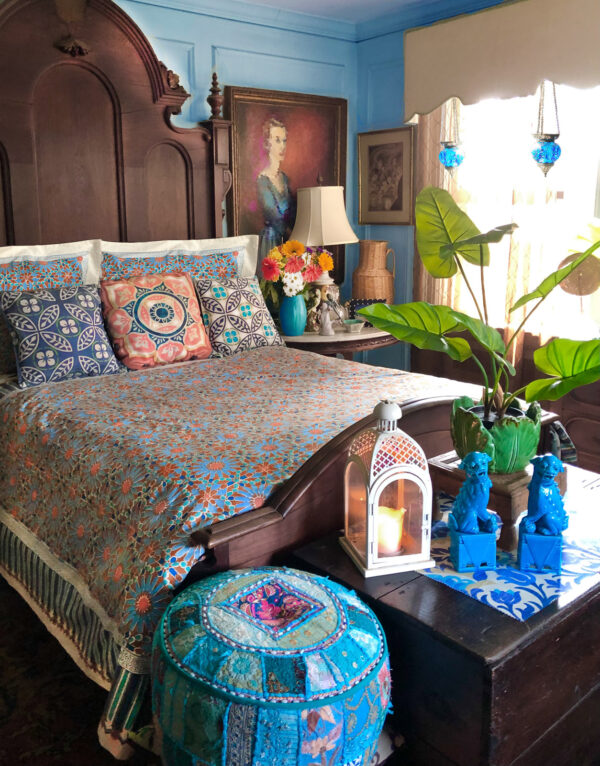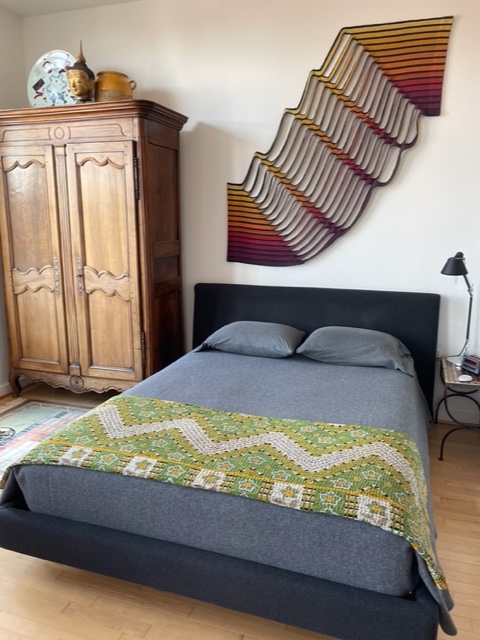Learning how to declutter your home may be easy enough, but how do you keep it that way? And more importantly, why should you declutter your home? In this ultimate declutter guide, you’ll not only learn how to declutter your home, but how to make sure these cleaning habits stick for good!
Why declutter your home?
You may feel frustrated on a daily basis as you struggle to find your house keys in the jungle that is your living room. Or, you might feel awkward inviting friends over because of how your messy your kitchen is. Clutter, the collection of items in a room or space arranged in no particular order, easily take over homes. It can even make us feel chaotic, impulsive, and anxious or depressed.
This is the extreme side of clutter, but if you’re here, it means you’re putting your foot down and taking back control of your home. Your room doesn’t need to be pristine—there’s bound to be a few things scattered about, particularly in homes with children. Decluttering your home means getting rid of items you no longer need or use, items that you have multiples of, and items that may be taking up valuable space but adding zero value themselves.
When you declutter, you may find more peace, find it easier to locate your items, and find it easier to keep your home clean. Plus, it could even improve your home’s aesthetic, as you carefully choose what you put on display moving forward.
Identify your clutter (types of clutter)
Sure, you can lump all clutter into one category and try to clean it all up at once, but that would make anyone’s head spin!
Sentimental clutter
The biggest issue when it comes to getting rid of stuff is overcoming the sentimental attachment we have to our material things. Ratty t-shirts with our favorite bands on them, boxes of high school projects (your own and perhaps your children’s), costume jewelry, and other mementos you’ve accumulated over the years.
Paper clutter
Even in the digital age, paper clutter can easily pile up. From commercial flyers to utility bills and official documents, keeping up with paper clutter requires upkeep, especially in your home workspace.
Clothes clutter
We’re all guilty of stuffing our closets, wardrobes, and drawers with all the clothing they can hold. Imagine just how much faster it would take you to get ready in the morning if everything had a proper place!
This clutter might also include clothing that is neither dirty nor clean (you know the type!), so naturally, it either hangs out on a chair, or on top of the laundry basket, cluttering up your space.
Kitchen clutter
Over the years, you have probably accumulated more kitchen ware than you actually need. This includes extra dishes, utensils, appliances, towel rags, and other items that might be overflowing from your cabinets and counters.
Electronic clutter
You likely have a drawer full of electronic clutter: random cords, unused or broken devices, and outdated digital gear. We call it the drawer—don’t feel guilty, we all have one!
Decorative clutter
While cluttercore is indeed a legitimate aesthetic, it may not be right for you if it’s unintentional. Your shelves, tables, and walls may be covered in too many photos, vases, statues, knickknacks, and other decorative items that don’t really harmonize.
On the other hand, you may have boxes full of decor in the garage that haven’t seen the light of day in years!
Miscellaneous clutter
Everything else will go into the miscellaneous clutter category. This can include things like hobby clutter (e.g. crafting supplies), toys, tools, instruction manuals, buttons, household supplies, and so on.
Digital clutter
Let’s not forget digital clutter. It may be time to finally organize your digital life by tidying up your mailbox, cloud storage folders, desktop, phone photo albums, etc.
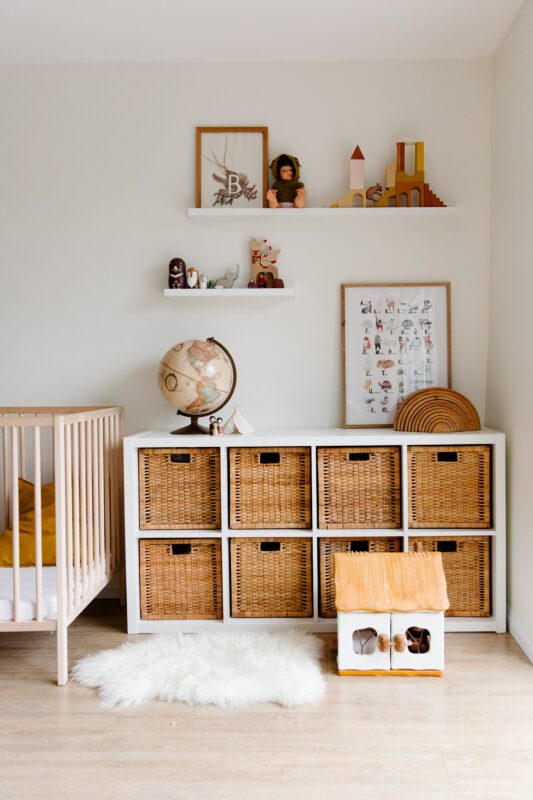
What to ask yourself when decluttering a room or space
These questions can help you figure out what to give away, discard, or sell.
- Do I have multiples of this item?
- Do I use it that often?
- Do I need it or do I want it?
- Does it still fit into your current lifestyle?
- Can it be donated or sold?
1. Choose a method for decluttering
First, choose a method for decluttering below, then sort out items into these categories.
- Keep
- Think about it
- Give it away
- Throw it away
Room-by-room method
Declutter one room at a time. This method is best for those who are easily overwhelmed. No pressure—take it one step at a time!
KonMari Method
Decluttering by category (clothes, books, papers, miscellaneous, sentimental) instead of by room. Keep items that “spark joy” and discard the ones that no longer bring warmth to your heart.
By ‘discard,’ we don’t necessarily mean throw away. Consider donating items that are still in good condition. Many online groups or community groups will happily accept free and functional items.
20/10 Rule
Work in 20-minute bursts and take 10-minute breaks. In this method, you discard the items you no longer need. Great for those who are easily burnt out by decision fatigue.
One-in, One-out rule
With every new item you bring into your home, you pledge to get rid of one thing. This helps you keep clutter at bay, especially with things like clothing and decor.
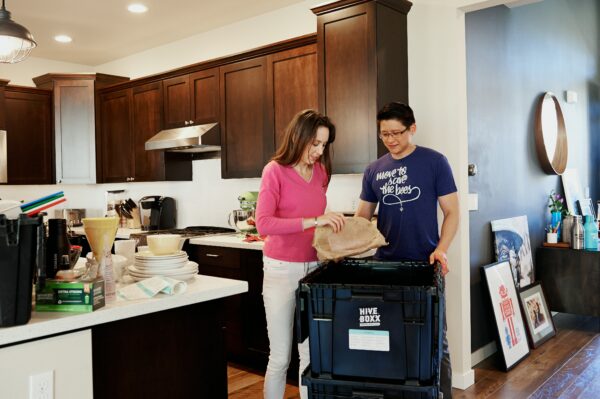
2. Make a plan on how to declutter your home
Write down your plan of attack—which room on what day. Assign tasks to family members or friends if you are living together.
Start small. Choose a room, space, or clutter category to begin your decluttering journey. You can pick the room that needs the most work, or one that requires the least effort if you want to ease into it.
3. Get the supplies
There are some important things you might need, depending on the area you’re working in:
- Post-it notes/labels
- Markers
- Boxes of varying sizes for sorting
- Gloves
- Shelf liner
- Storage bins
- Hangers
- File folders
- Drawer organizers
- Wire ties
4. Maintain your clutter-free home
Once you’ve gotten your clutter under control, you can shift to maintenance mode. Your home doesn’t have to be minimalist, but everything should have a place.
- Create a regular decluttering routine: For example, every Saturday, the first day of the month, after each season, etc. Better still, make daily cleaning a habit. This goes for things like laundry and clean workspaces.
- Practice mindful buying habits: Rethink your shopping approach. Pause and think about whether an item is something you need or something you want. Double check if you already have X item. Additionally, look into buy nothing groups to see if you can get the item secondhand instead of new.
- Have a designated space for your things: This will help stop clutter creep and help you keep track of your things.
- Optimize your storage: Make use of baskets, shelves, storage bins, and other organizers not only to limit your stuff, but to keep them organized.

Tips on how to decluttering the home without getting overwhelmed
Here are more ways to clean up efficiently without feeling paralyzed by cleaning anxiety.
- Identify a small area to start with
- Focus on one room or space at a time
- Sort your items into categories (keep, donate, discard)
- Create system for organizing your things (labeling, categorizing, storing)
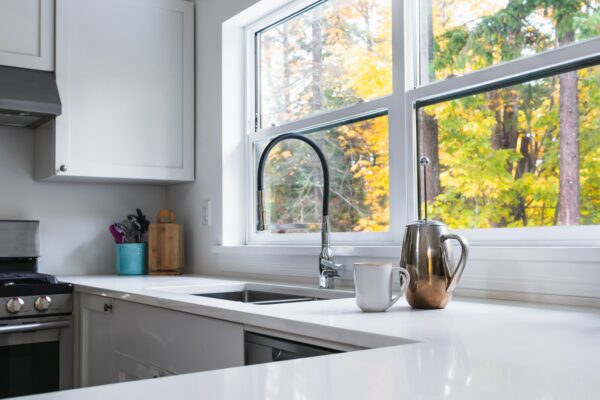
Importance of decluttering
Decluttering can feel empowering—it’s a way to take back control of your surroundings, your purchasing habits, and your daily life. Many of us are drowning in things, and often, in things we don’t actually need. Kitchen gadgets, trendy new clothes, low quality electronics and accessories, books…Realizing you need to size down can feel like a big wake-up call!
Some people thrive in cluttered surroundings, but most people feel stressed and distracted when living among clutter. A study published in the Journal of Environmental Psychology revealed that clutter can lead to higher levels of stress, decreased productivity, and unhealthy habits.
While decorative items and clothing allow us to express ourselves, the benefits of free self-expression are best reaped when everything has a place.
But, have no fear! Clutter can be overcome with a little patience and a solid plan of attack. Choose your decluttering method, create a timeline and task list, and follow our tips on how to declutter your home.
If you’re looking on ways to organize your linens between each season, read our blog with tips on how to organize bedding, curtains, and table linens.


